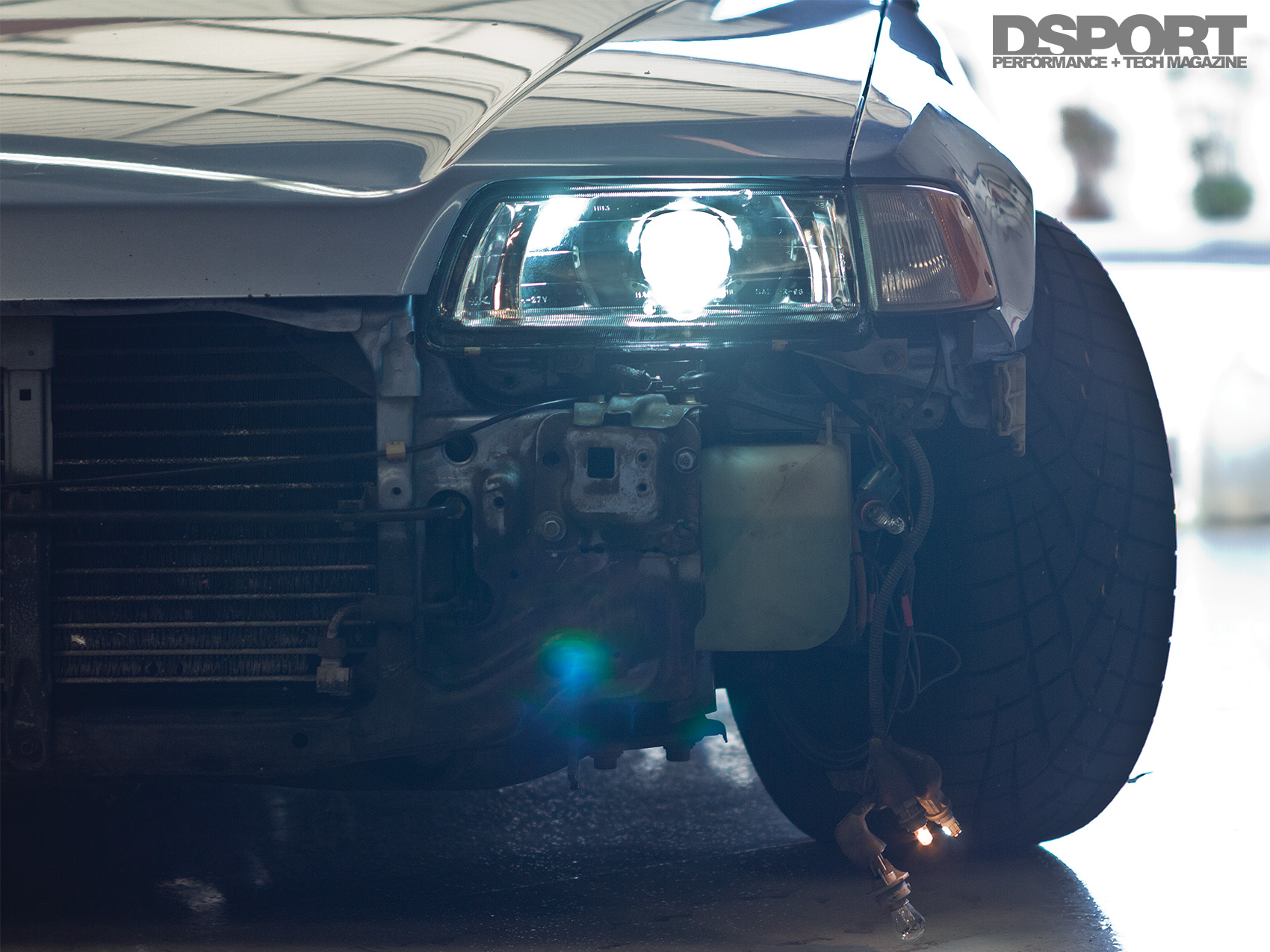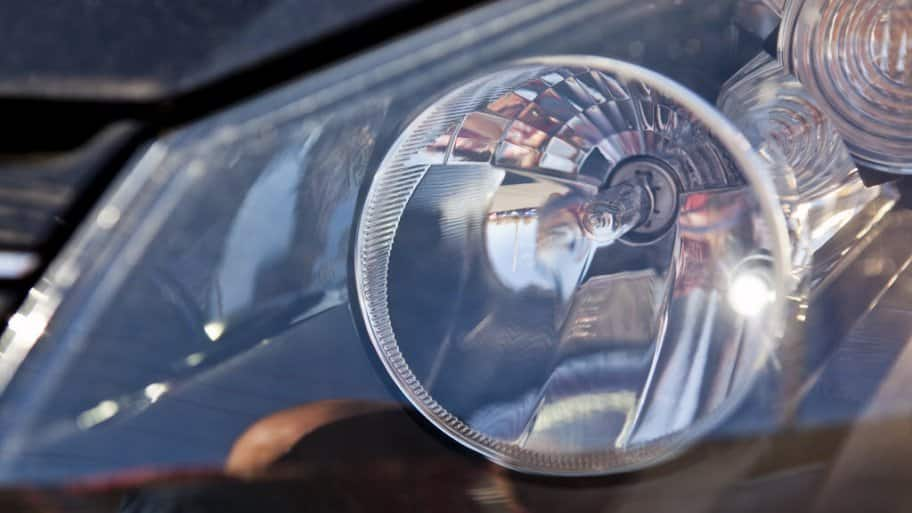Some Ideas on Kensun Hid Reviews You Should Know
Table of ContentsFascination About Kensun Hid ReviewsUnknown Facts About Kensun Hid ReviewsThe Main Principles Of Kensun Hid Reviews
Headlamps that satisfactorily brighten the roadway ahead without triggering glare have actually long been looked for. The very first options included resistance-type dimming circuits, which decreased the intensity of the headlamps. This yielded to tilting reflectors, and later to dual-filament bulbs with a high and a low beam. In a two-filament headlamp, there can only be one filament precisely at the focal point of the reflector.One filament is located at the centerpiece of the reflector - kensun hid reviews. The other filament is moved axially and radially far from the focal point. In many 2-filament sealed beams and in 2-filament replaceable bulbs of type 9004, 9007, and H13, the high-beam filament is at the centerpiece and the low-beam filament is off focus.
Transverse-filament bulbs such as the 9004 can just be utilized with the filaments horizontal, however axial-filament bulbs can be rotated or "clocked" by the headlamp designer to optimize the beam pattern or to effect the traffic-handedness of the low beam. The latter is accomplished by clocking the low-beam filament in an upward-forward-leftward position to produce a right-traffic low beam, or in an upward-forward-rightward position to produce a left-traffic low beam.
Putting the low beam filament at the focal point to optimize light collection by the reflector, and positioning the high beam filament somewhat rearward-rightward-downward of the centerpiece. The relative directional shift in between the two beams is the exact same with either strategy in a right-traffic nation, the low beam is slightly downward-rightward and the high beam is somewhat upward-leftward, relative to one another however the lens optics need to be matched to the filament positionings selected.
The high beam filament is on the focal point, while the low beam filament is approximately 1 cm forward of the centerpiece and 3 mm above the axis. Below the low beam filament is a cup-shaped guard (called a "Tomb shield") spanning an arc of 165. When the low beam filament is lit up, this shield casts a shadow on the matching lower area of the reflector, blocking downward light rays that would otherwise strike the reflector and be cast above the horizon.
This is utilized to produce the upsweep or upstep characteristic of ECE low beam light circulations. The bulb's rotative position within the reflector depends on the kind of beam pattern to be produced and the traffic directionality of the marketplace for which the headlamp is intended. This system was first used with the tungsten incandescent Bilux/Duplo R2 bulb of 1954, and later on with the halogen H4 bulb of 1971.
These are physically and electrically interchangeable with H4 bulbs. Similar optical strategies are used, however with various reflector or lens optics to create a United States beam pattern instead of a European one. Each system has its advantages and drawbacks. The American system traditionally allowed a greater general quantity of light within the low beam, because the whole reflector and lens location is used, but at the very same time, the American system has traditionally provided much less control over upward light that triggers glare, and for that reason has been largely turned down outside the US.
The Main Principles Of Kensun Hid Reviews
The high beam is typically a rough copy of the low beam, shifted slightly upward and leftward. The European system traditionally produced low beams containing less total light, due to the fact that just 60% of the reflector's surface area is utilized to develop the low beam. Nevertheless, low beam focus and glare control are easier to achieve.

Complex-reflector technology in mix with brand-new bulb styles such as H13 is allowing the development of European-type low and high beam patterns without the usage of a Graves Shield, while the 1992 US approval of the H4 bulb has actually made generally European 60%/ 40% optical location departments for low and high beam common in the US.

The shade may be reduced by a solenoid actuated pivot to supply low beam, and removed from the light path for high beam. Such optics are referred to as BiXenon or BiHalogen projectors. If the cutoff shade is fixed in the light path, separate high-beam lights are needed. The condenser lens might have small fresnel rings or other surface treatments to minimize cutoff sharpness.

The my response primary disadvantage of this kind of headlamp is the need to accommodate the physical depth of the assembly, which may extend far back into the engine compartment. The first electric headlamp source of light was the tungsten filament, operating in a vacuum or inert-gas atmosphere inside the headlamp bulb or sealed beam.
Some Ideas on Kensun Hid Reviews You Need To Know
Also, throughout regular operation of such lamps, tungsten boils off the surface area of the filament and condenses on the bulb glass, blackening it (kensun hid reviews). This lowers the light output of the filament and blocks some of the light that would travel through an unblackened bulb glass, though blackening was less of an issue in sealed beam units; their big interior area minimized the density of the tungsten build-up.